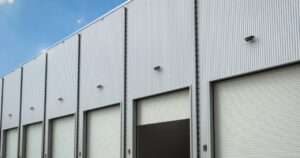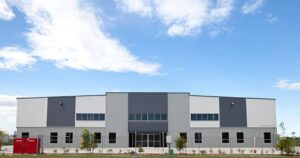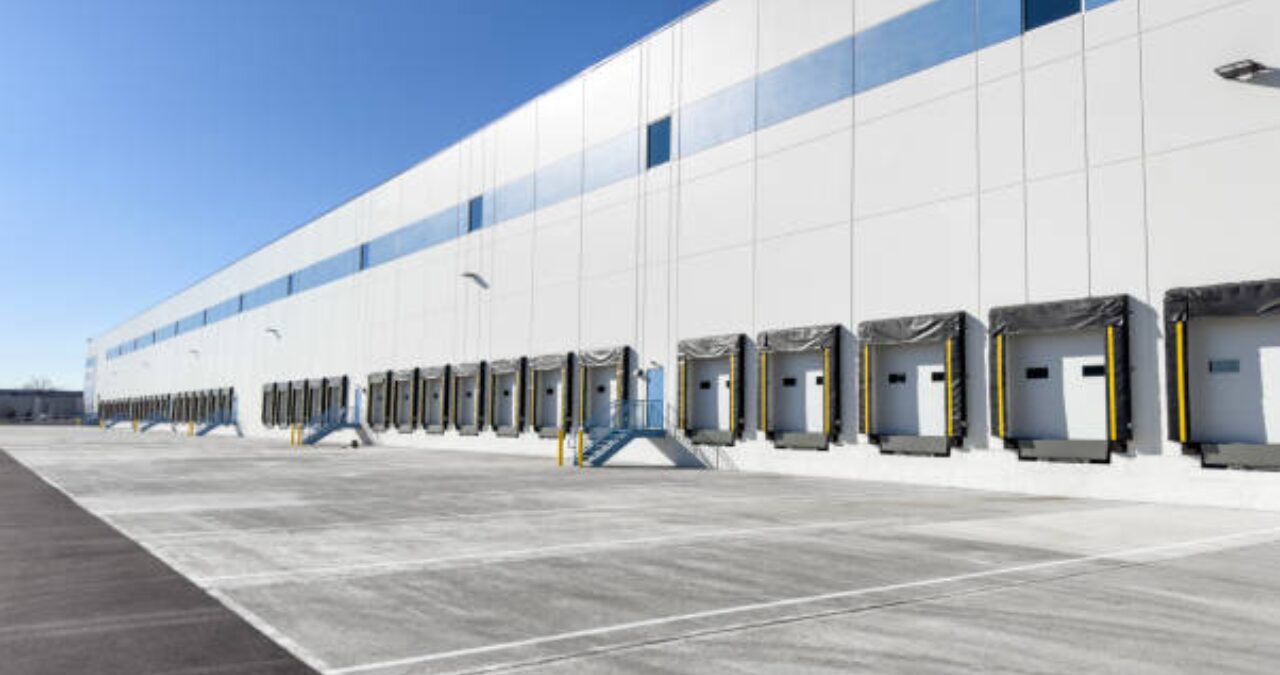As a professional in charge of a building or a plant, you know that the outside coating is the first thing people see, and your first line of defense against the weather. That exterior finish faces difficult conditions every single day: the hot sun, pouring rain, and constant moisture of the Southeast. These elements cause fading, cracking, and peeling, making a professional building look tired quickly, and sending recoating costs through the roof.
At Southeast Painters, Inc., we furnish not only the paint work, but the upkeep know-how required to prolong its useful life and receive the most value from your money spent. With over 30 years of experience as commercial painting contractors in the region, we know what works and what doesn’t.
We will outline the key things to Do and the things not to Do for exterior finish upkeep to help you save money and keep your property looking its greatest for years to come.

The Worth of Careful Exterior Upkeep
Allocating time and resources to maintaining your building’s coating is a wise, proactive business decision.
-
Keeping Asset Worth
A well-kept coating safeguards underlying materials (wood, stucco, concrete) from water damage, decay, and physical breakdown. This protection is essential for retaining the complete worth of the commercial asset. If water gets in, you face far more than just a paint problem, you face structural repairs.
-
Upholding Brand Professionalism
A clean, recently applied exterior supports your brand’s dedication to high standards. For retail, office spaces, and schools, this is necessary for drawing in customers and maintaining tenant dealings. Your building’s appearance tells a story about the quality of your operation.
-
Reducing Long-Term Expenses
Fixing small problems (like peeling or mildew) early means less costly localized mending, postponing the necessity for a complete, costly recoat job for several years. Simply put, catching a problem when it’s small avoids a much larger bill later on.
The DO’s of Exterior Finish Upkeep (Methods & Plans)
Simple, forward-looking actions that facility managers can carry out to keep their property in great shape:
DO Plan Regular Checks (The Forward-Looking Method)
Check high-risk area, like trim, flat surfaces, and north-facing walls (prone to mildew), at least two times a year. Walk around your property specifically looking for powdering (a fine residue, common in the Southeast’s moisture) and tiny cracks, which are initial signs of coating failure.
DO Keep it Clean with Gentle Washing
Gently wash the exterior once a year to remove dirt, mold, and airborne matter. Use a low-force wash and a mildew-specific cleaning product. This keeps natural growth from damaging the coating.
DO Handle Plant Growth and Water
Cut back trees and shrubs that touch the structure. Also, clean rainwater channels and pipes frequently. Constant dampness behind plants or from blocked channels is the main reason for coating breakdown.
DO Fix Peeling and Cracking Quickly
When coating failure shows up, scrape the area, correctly prepare the surface (light scuffing/priming), and apply touch-up coating. Why is fixing small areas important? Because a small break lets water in, which freezes, expands, and pushes off a larger section of the coating over time.
The DON’TS of Exterior Finish Upkeep (Helpful Ways to Handle Issues)
Avoid these frequent errors that can actually damage your finish and cost you more money:
DON’T Apply High-Force Washing (Unless Surface is Very Strong)
High pressure can harm the base material (like soft mortar or wood) and force water behind the outer covering, causing internal dampness issues and immediate coating failure. Always choose gentle washing or soft washing methods.
DON’T Ignore Underlying Material Problems
If you notice salt deposits (white, chalky residue on stone) or wood rot, putting on new coating will not fix it. The root cause of the dampness must be fixed first. Coating acts as a shield, not a structural repair.
DON’T Use Inside Coating for Small Fixes
Outside and inside coatings are made with different mixtures. Exterior coating holds materials for flexibility and UV protection. Inside coating will chalk, fade, and fail almost right away outside.
DON’T Postpone Major Fixes
If peeling covers more than one-fifth of a wall, a complete recoat is the only practical choice. Waiting only causes bigger surface preparation costs (like sandblasting or scraping) later on.

When to Contact Your Commercial Painting Contractors
Even the most intelligent maintenance plan requires expert help eventually.
A. The Upkeep Check Program
We furnish standard checks and planned cleaning operations specifically designed for commercial clients to simplify the upkeep process and provide expert advice on when a small fix becomes a big job.
B. Skill in Surface Preparation
When repair is required, we use expert methods like sandblasting (for heavy rust/scale) and specialized cleaning to guarantee the new coating will stick correctly, preventing quick failure.
C. Durable, Industrial-Grade Coatings
We use high-performance commercial and industrial painting services and materials specifically chosen for the demanding Southern U.S. climate, giving you superior durability and sun resistance.
Ready to protect your commercial exterior? Contact Southeast Painters today for a professional check or a free price quote on your next upkeep or recoat project.
Call us at (423) 558-3842 or fill this form to team up with Southeast Painters.


